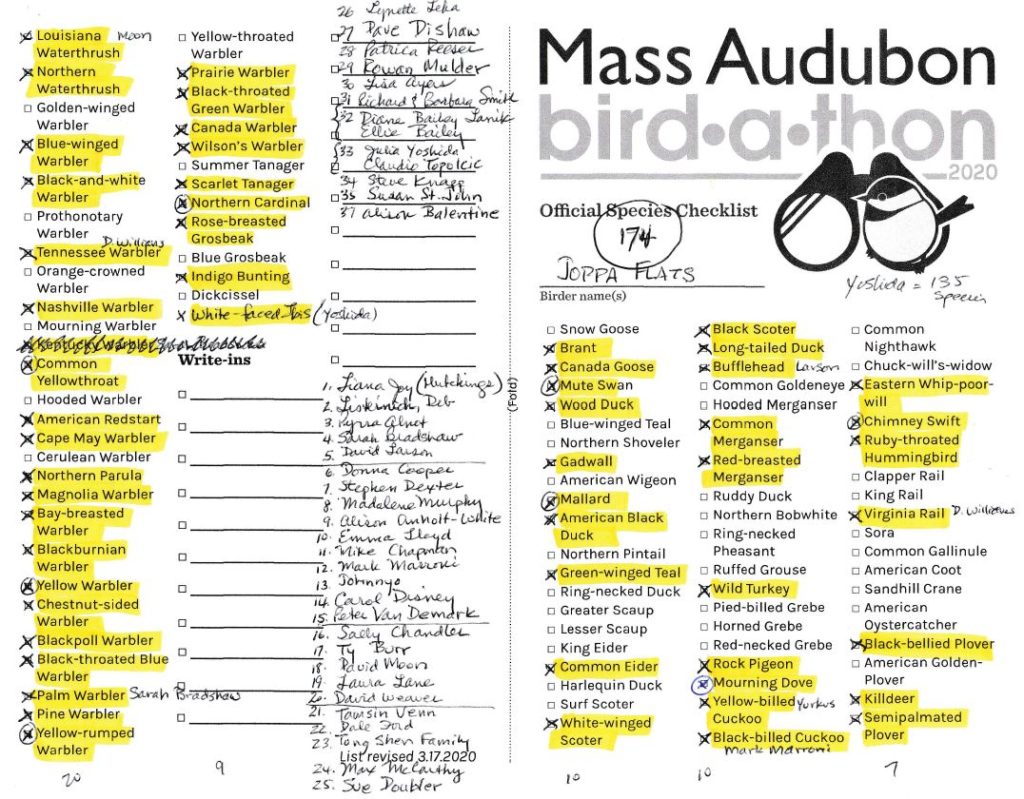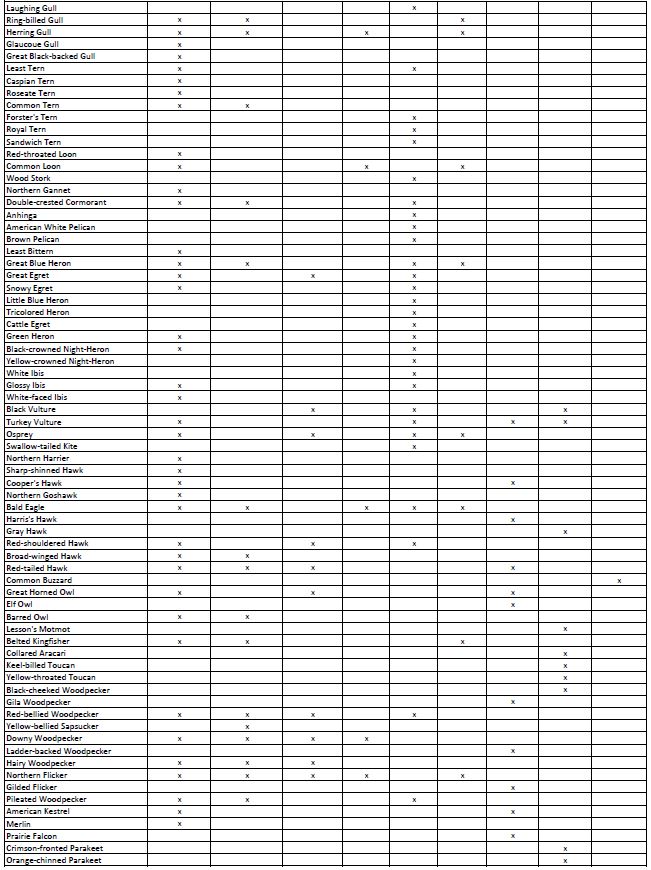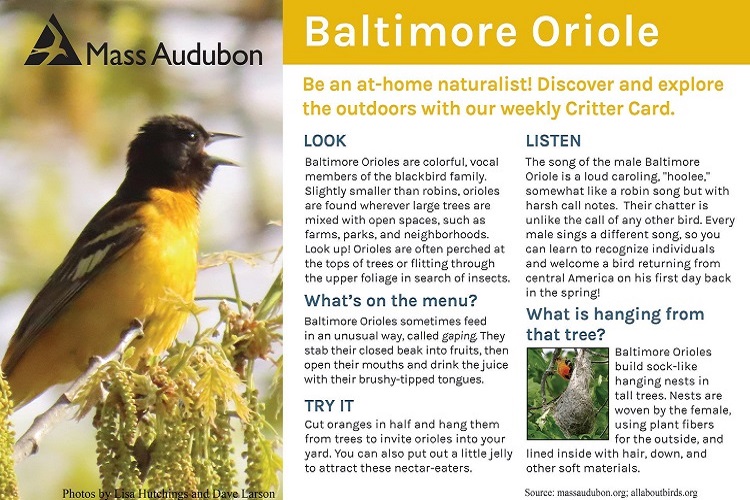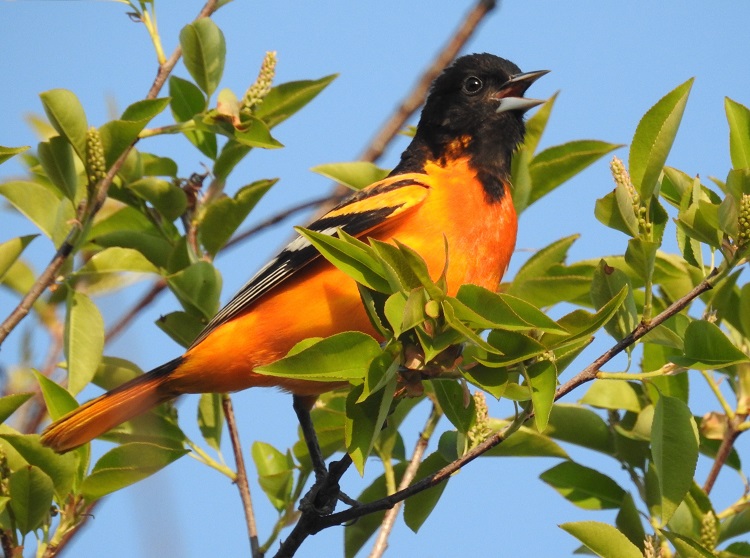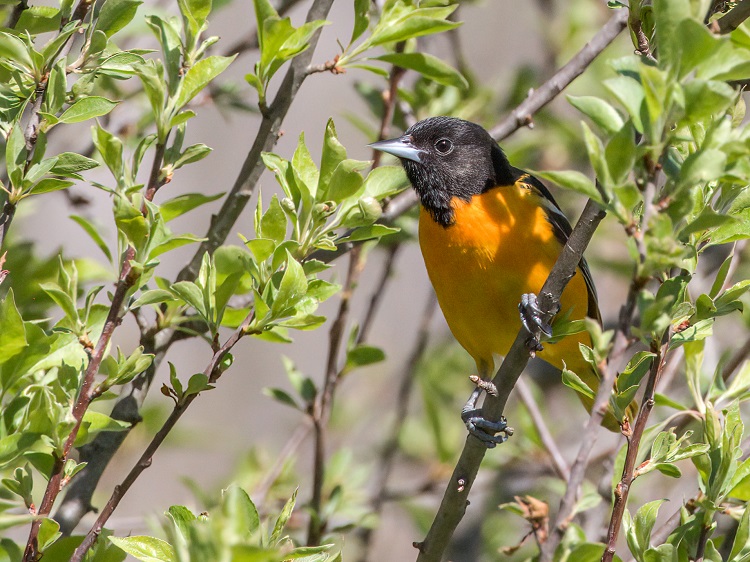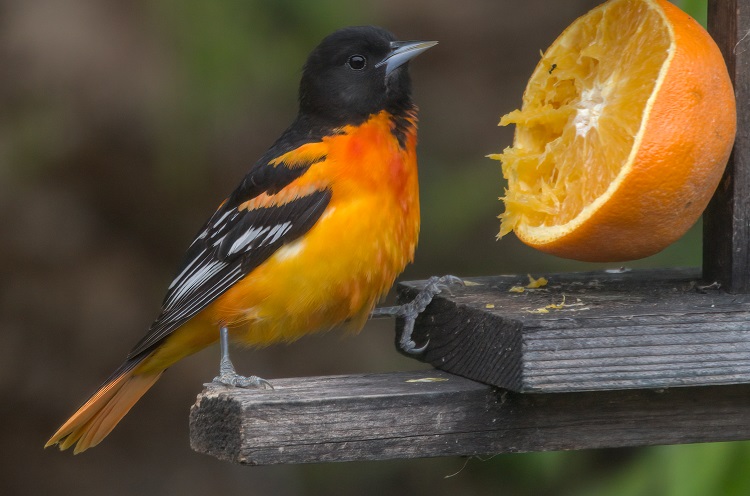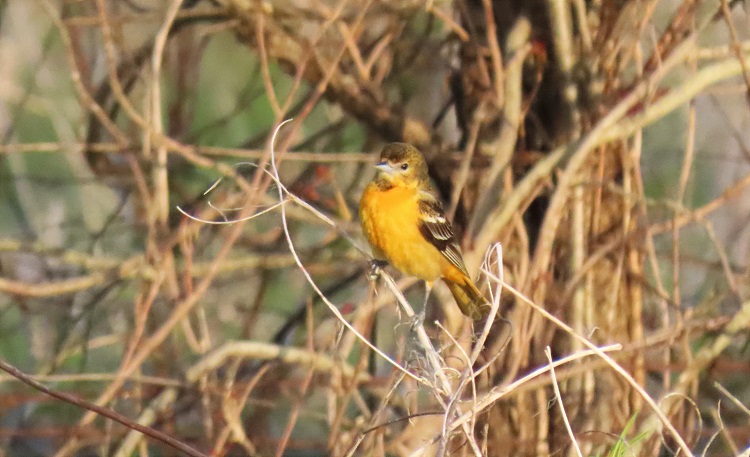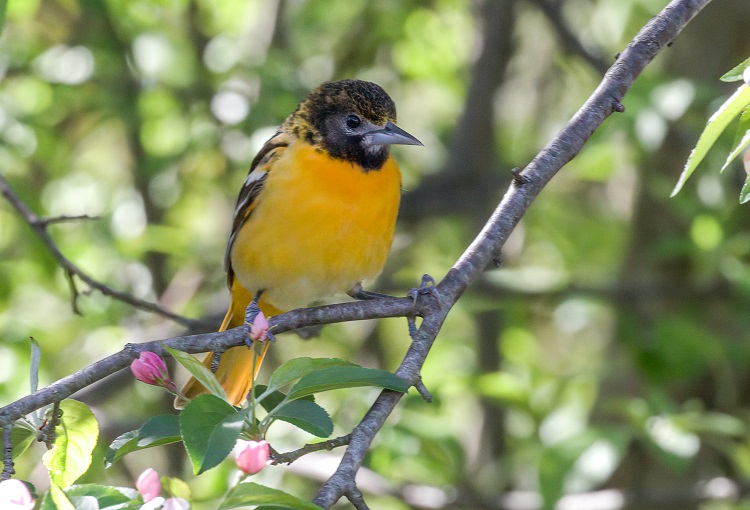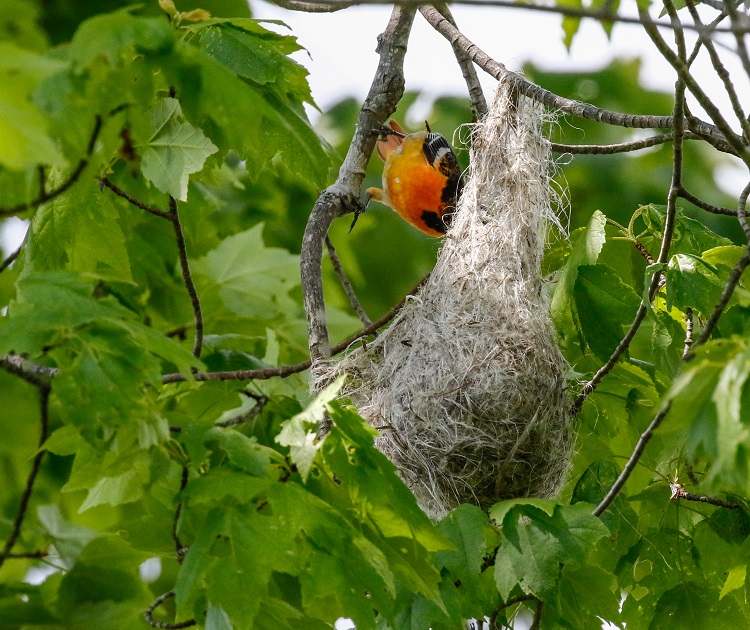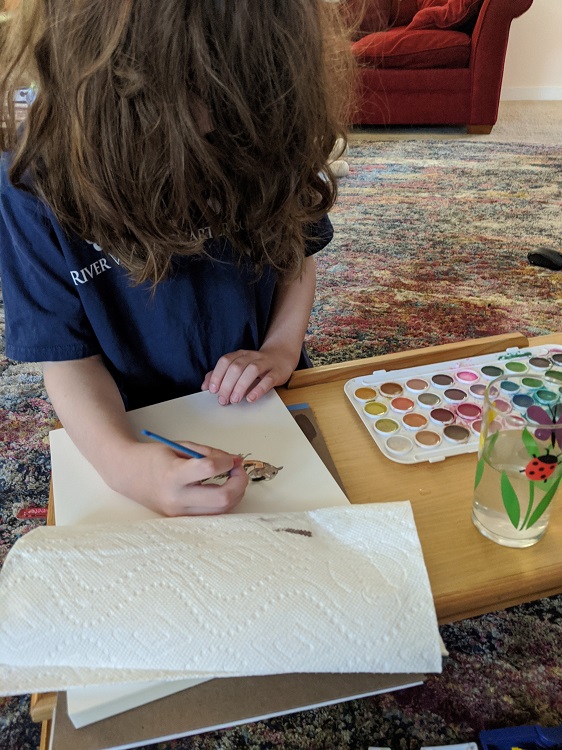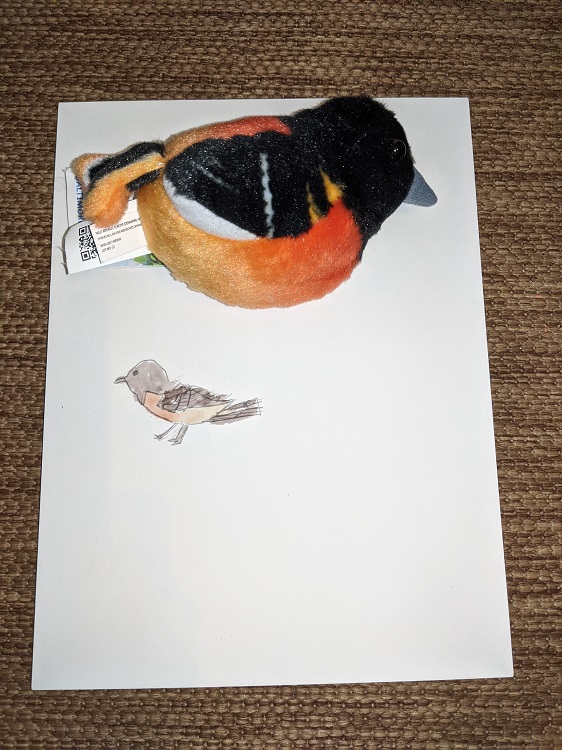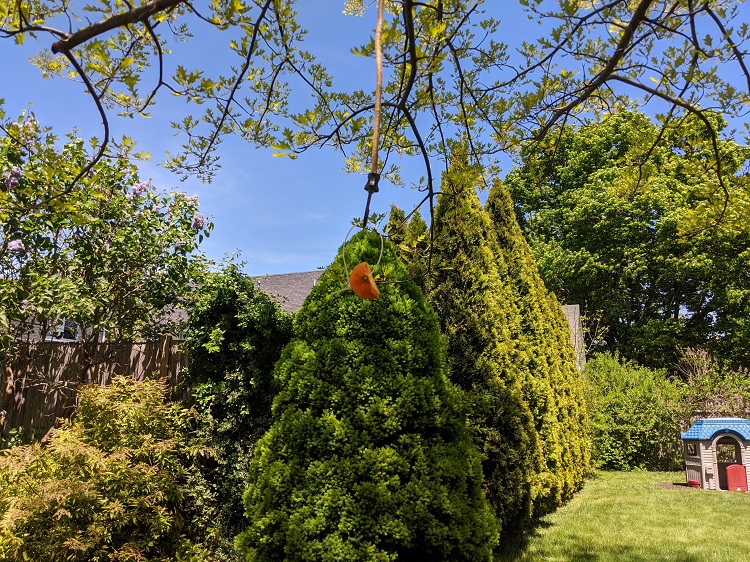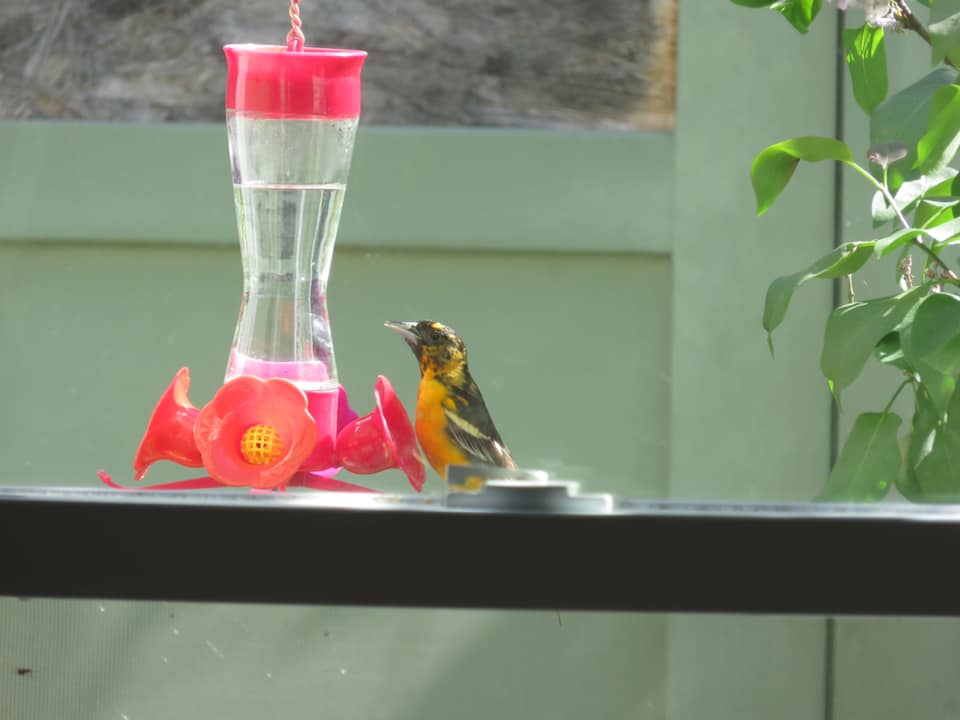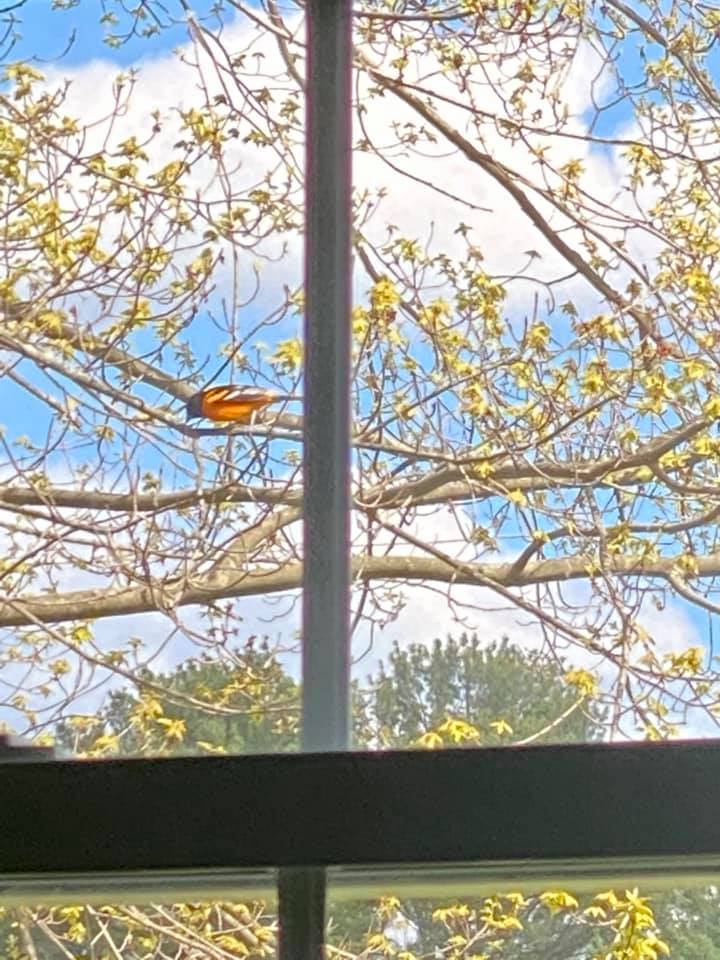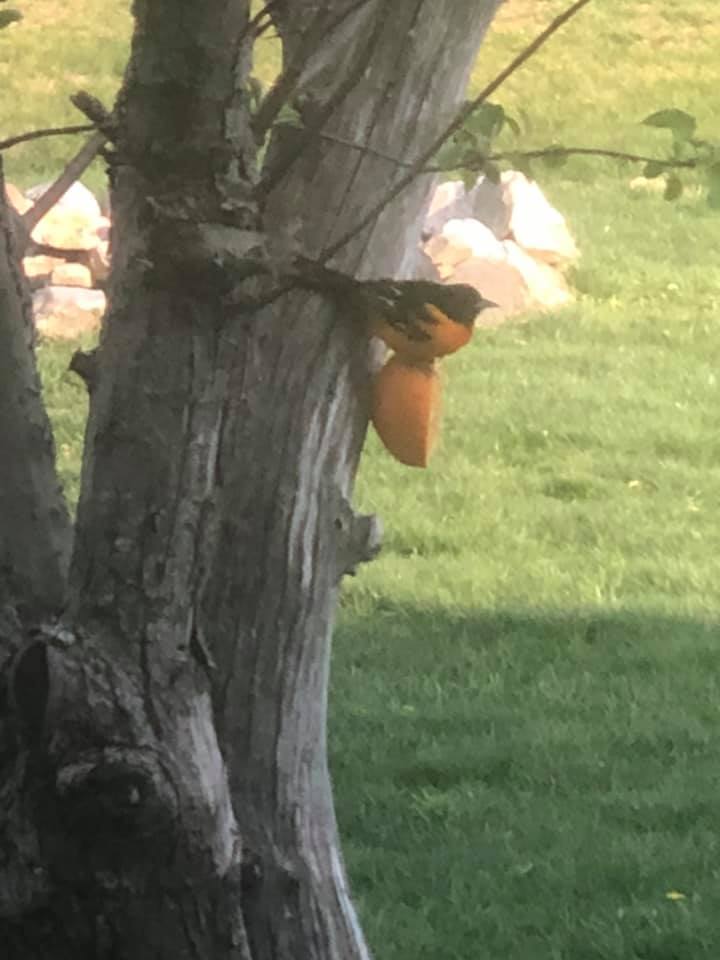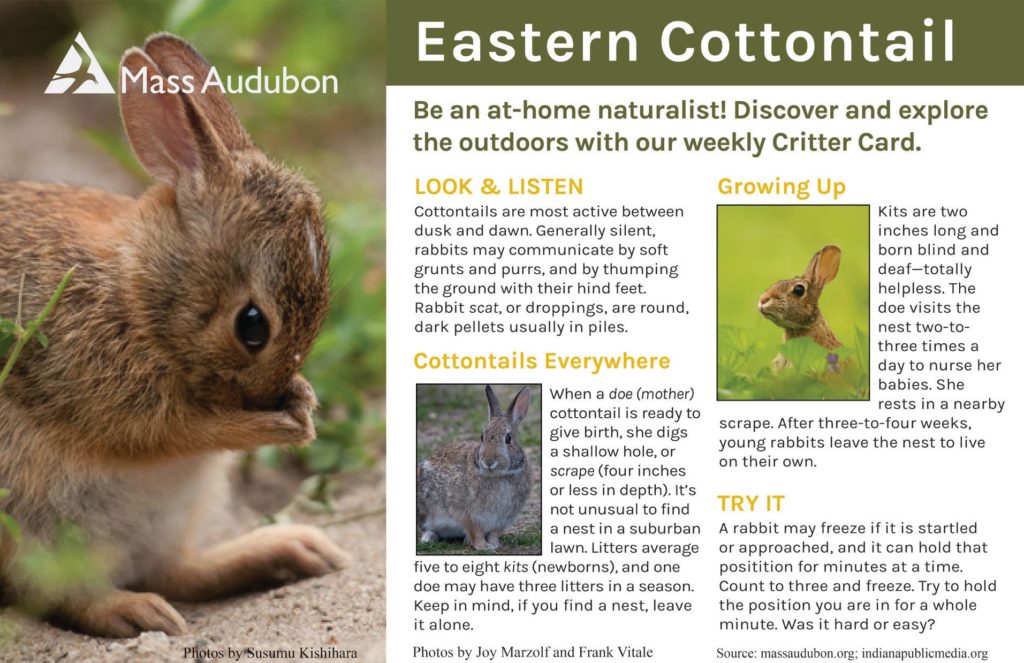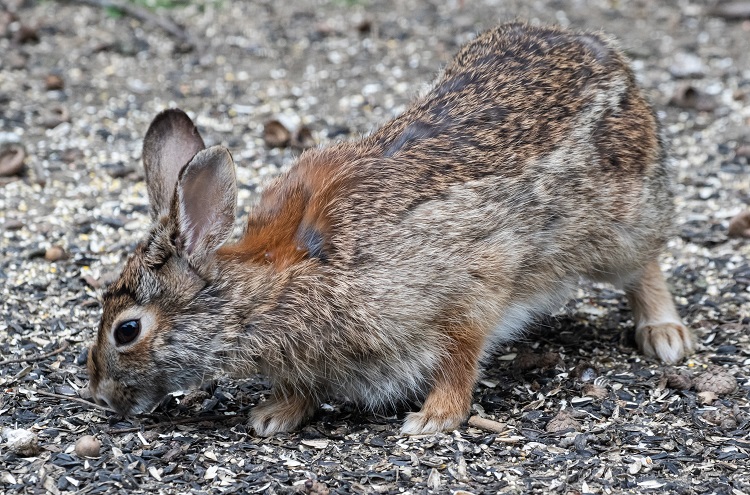Bird-a-thon 2020 was, without a doubt, one for the records. Thanks to the endless planning, dedication, and problem solving from our staff, coupled with the patience, passion, and support of our constituents, Mass Audubon’s very first Bird-at-home-a-thon was a success!

A grand total of about 100 BIPpers (the folks who Birded In Place) joined the Joppa Flats team this year! With so many eyes on the sky, Massachusetts BIPpers reported to Captain Bill Gette a total of 174 species out of the 287 on the checklist, which is exactly how many species we saw in last year’s traditional Bird-a-thon. One birder, Julia Yoshida, counted an incredible 135 species, an impressive 77% of all birds reported by the Joppa Flats team. Thank you to all our BIPpers for staying safe and smart, and for making this wonderful 24 hours a day to remember.
As many of you know, Bird-a-thon is not only fun, but it serves as our largest fundraiser of the year. With an ambitious goal of raising $40,000, our current total of $36,429 is rapidly closing in on that figure, and we want to say THANK YOU. Haven’t donated yet, but still want to? It’s not too late! Help us reach our goal and donate here.
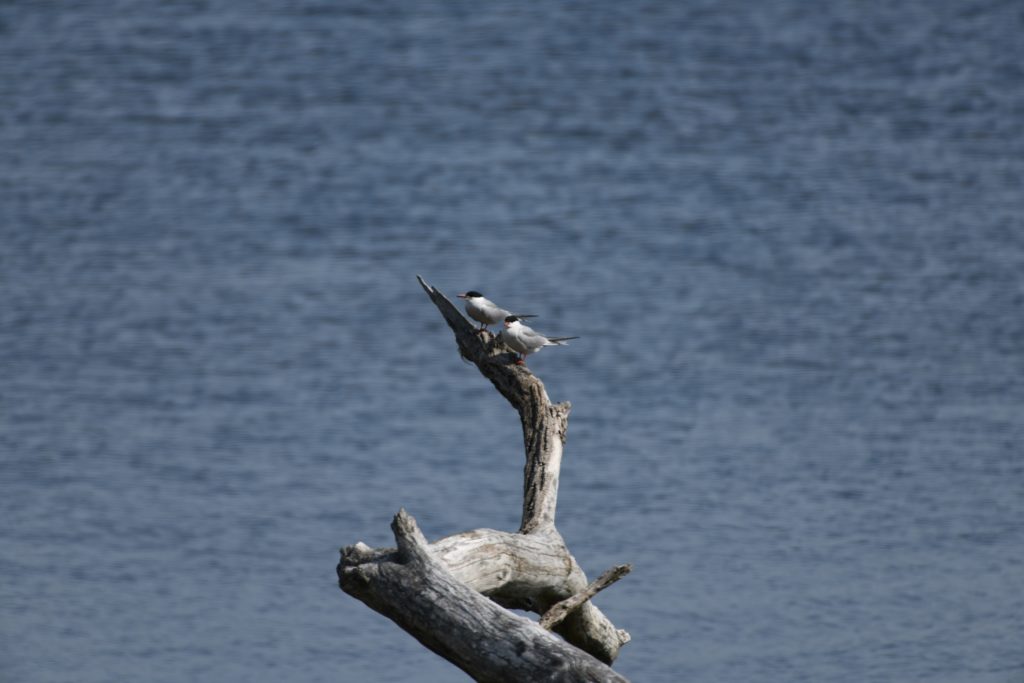
Notes from our Staff: How we spent our Bird-a-thon
David Moon has been dealing with a strong need to reconnect with nature and the outdoor world, often looking forward to the day he would take a long walk and be immersed again in birdsong. May 16th was just that day. David walked out his door and logged 11 miles around Amesbury, recording 85 species. He traveled to all the local green spaces, including Batchelder Park, Battis Farm, the local nature center, and Woodsom Farm. He noted that his last bird of the day was a highlight: the Eastern Meadowlark. In David’s words, “I’m very glad that we were able to have Bird-a-thon despite everything else going on, and I’m so thankful for all the people who participated. Your support for Joppa Flats and Mass Audubon is awesome!”
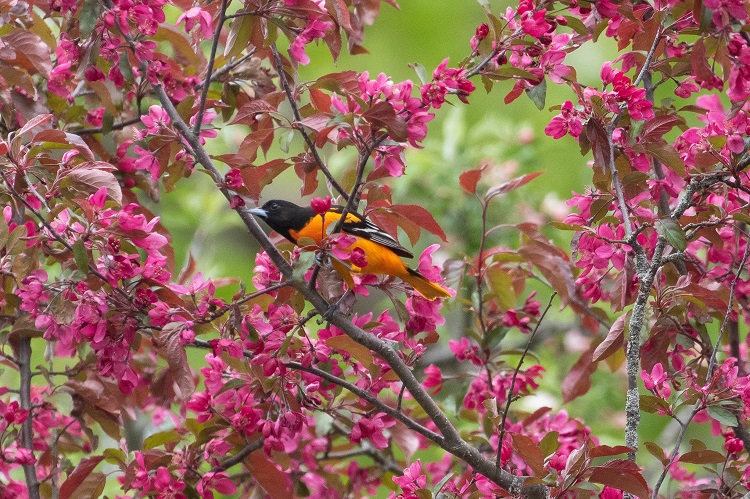
Baltimore Oriole – David Moon 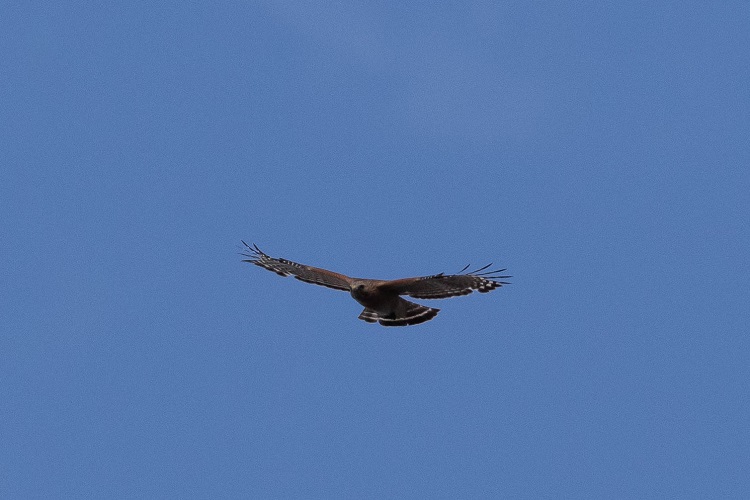
Red-shouldered Hawk – David Moon 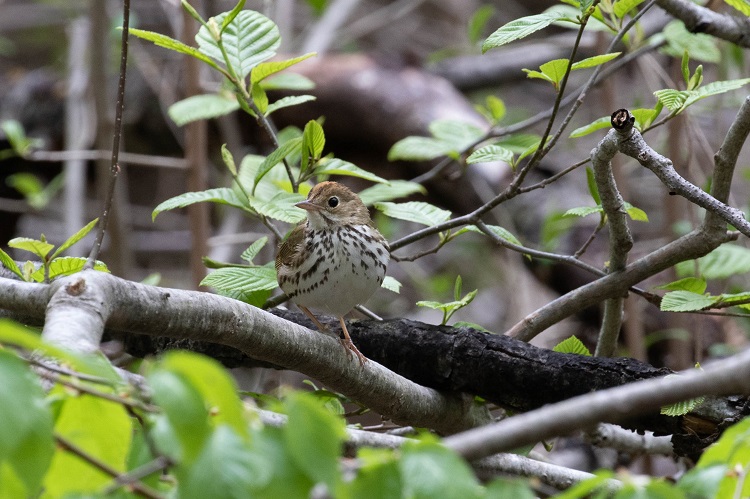
Ovenbird – David Moon 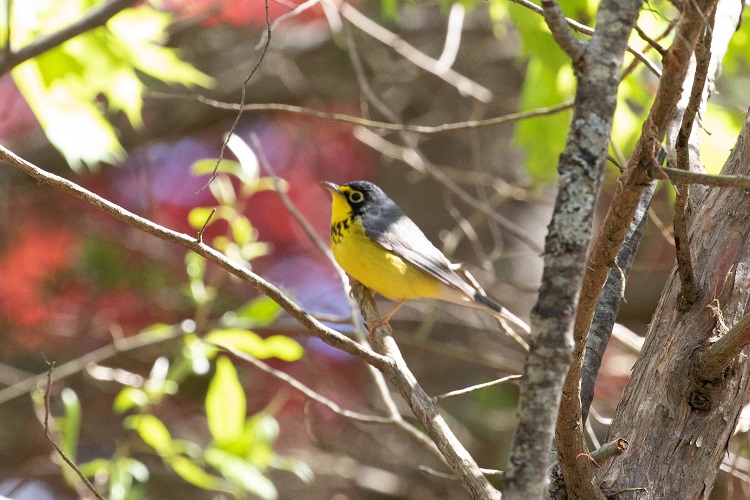
Canada Warbler – David Moon
Dave Larson takes the cake when it comes to distance logged. In the course of 24 hours, he walked 16.1 miles in order to count 95 species with his wife, Susan Carlson. But that’s not all he did. Dave’s call to his birding friends to BIP for us went far and wide. Gathering reports from birders in Massachusetts, six additional states, and two additional countries brought our overall, yet unofficial, total to 300 species! From a Black-bellied Whistling Duck to a Buff-throated Saltator, the long list of birds, and where they were counted, can be found at the bottom of this blog.
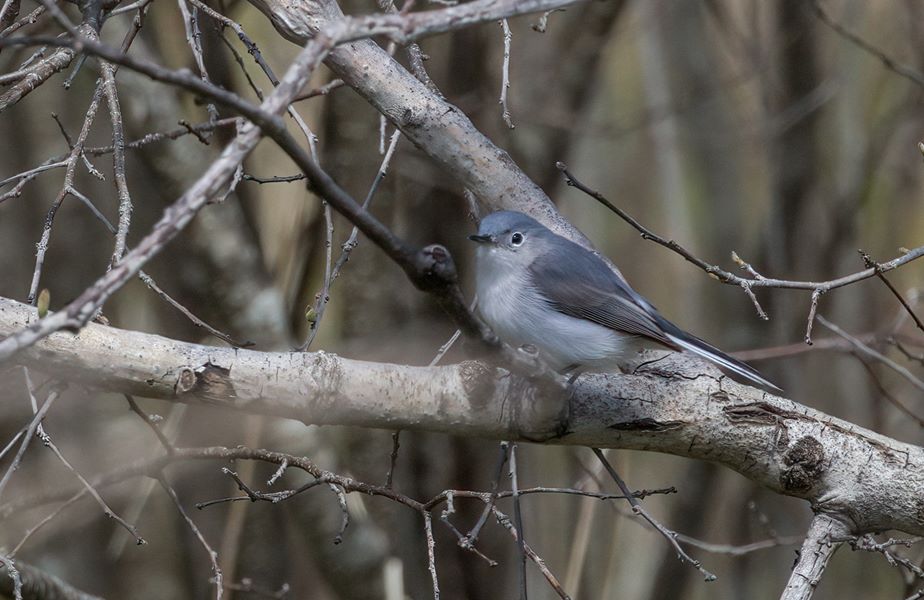
Blue-gray Gnatcatcher 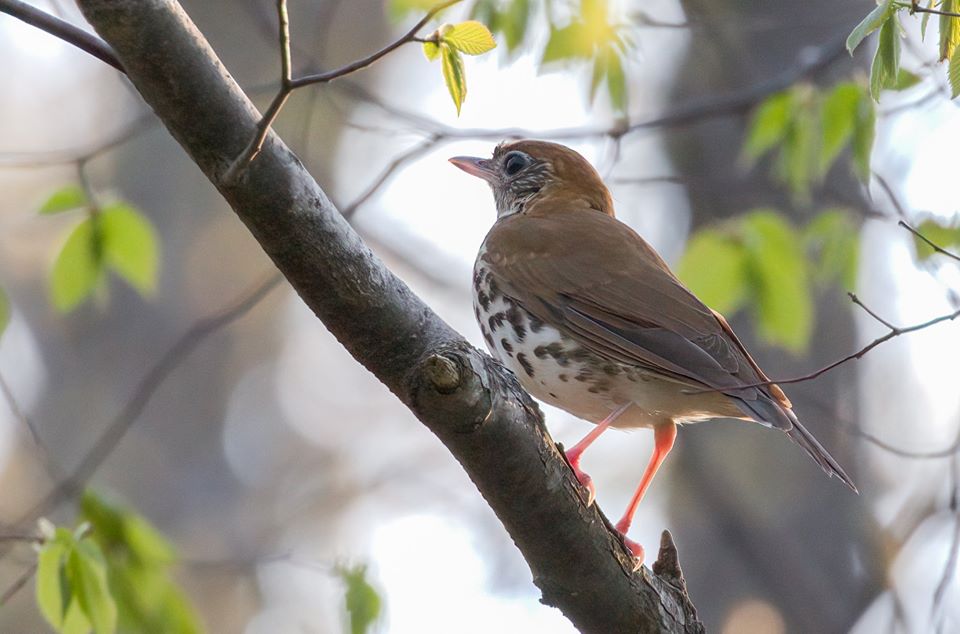
Wood Thrush 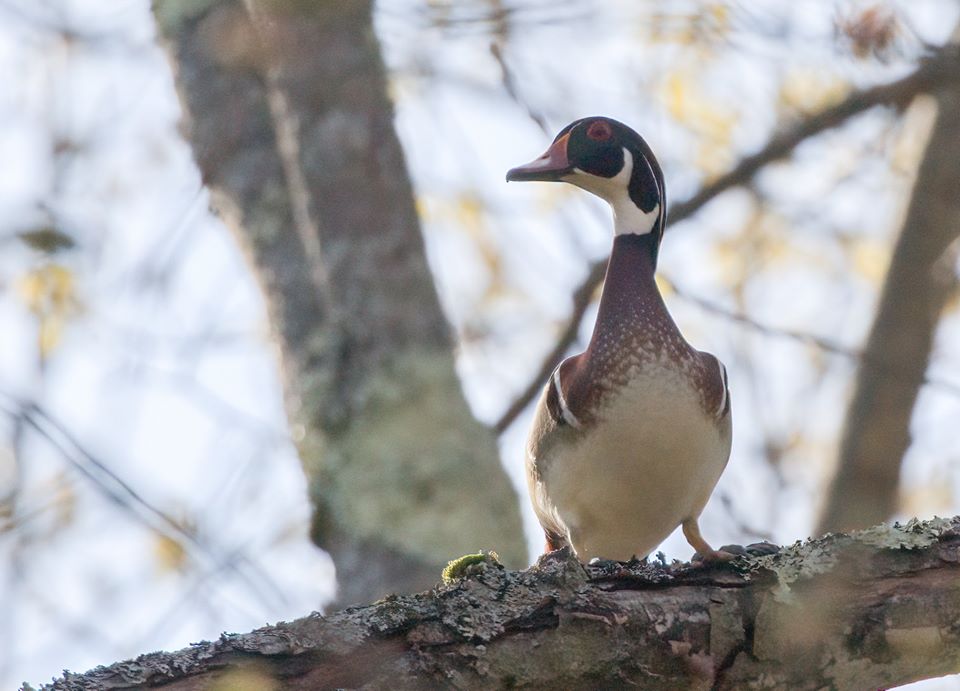
Wood Duck – Dave Larson 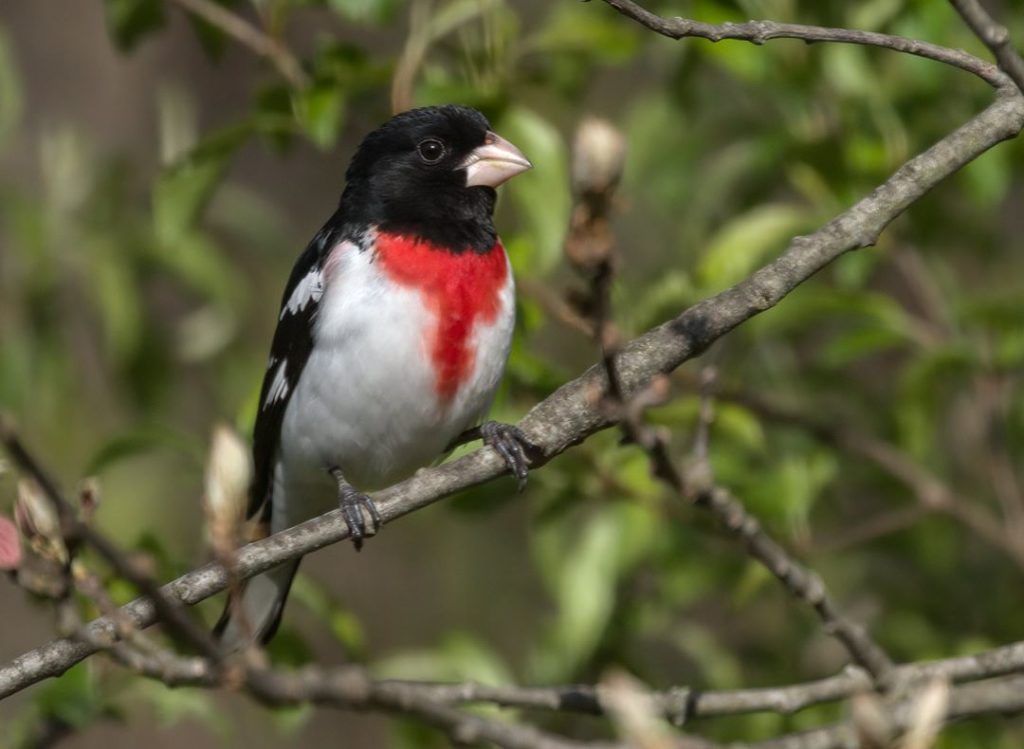
Rose-breasted Grosbeak – Dave Larson 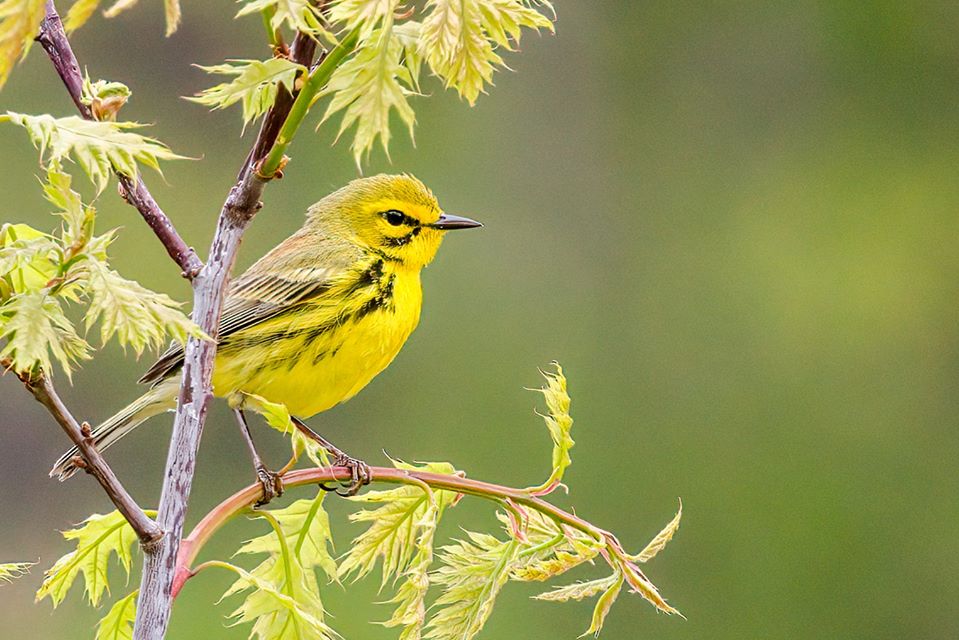
Prairie Warbler – Dave Larson 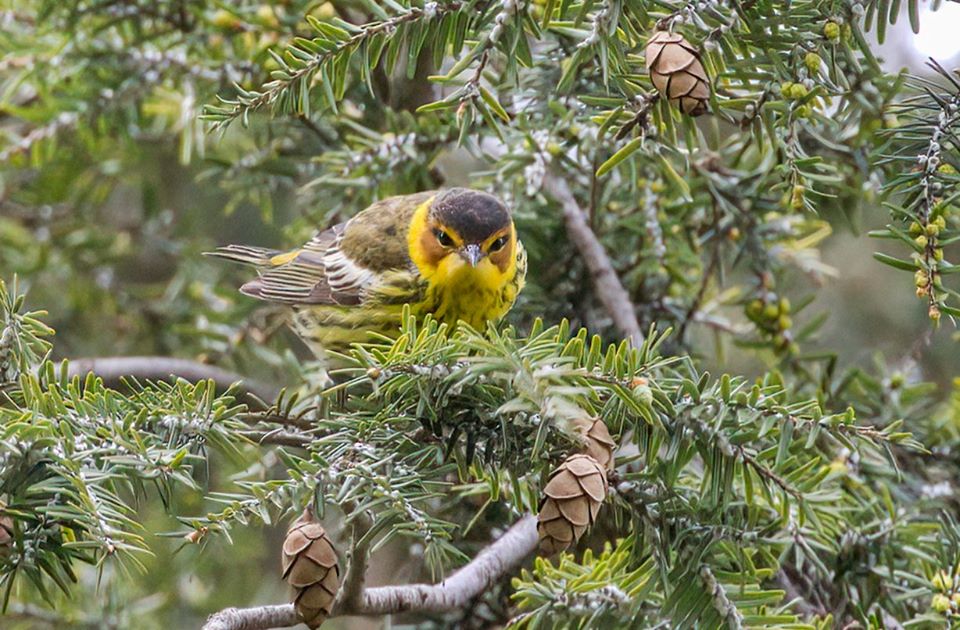
Cape May Warbler – Dave Larson 
Solitary Sandpiper 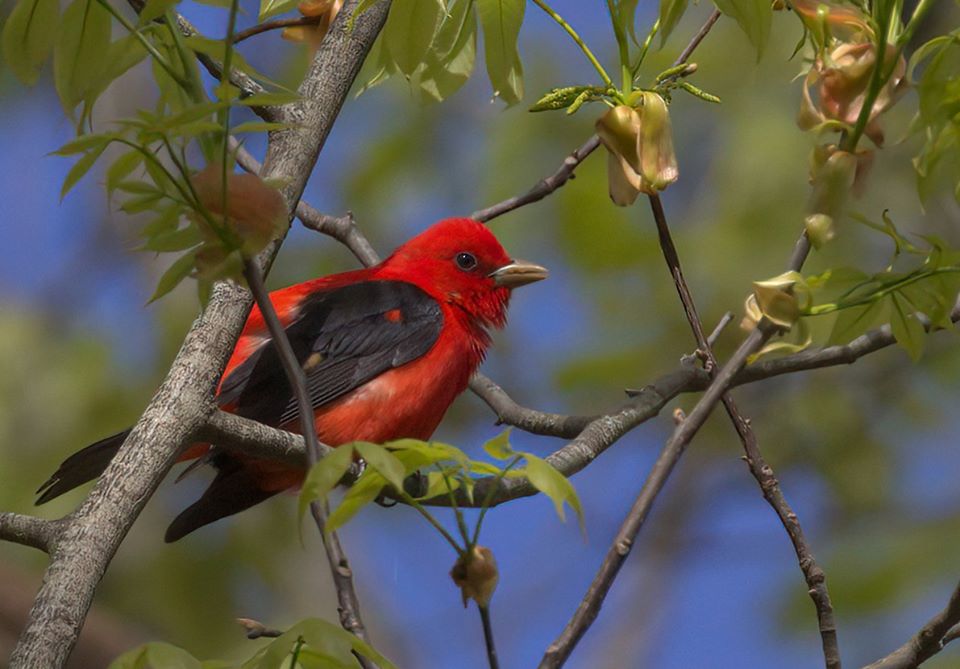
Scarlet Tanager – Dave Larson 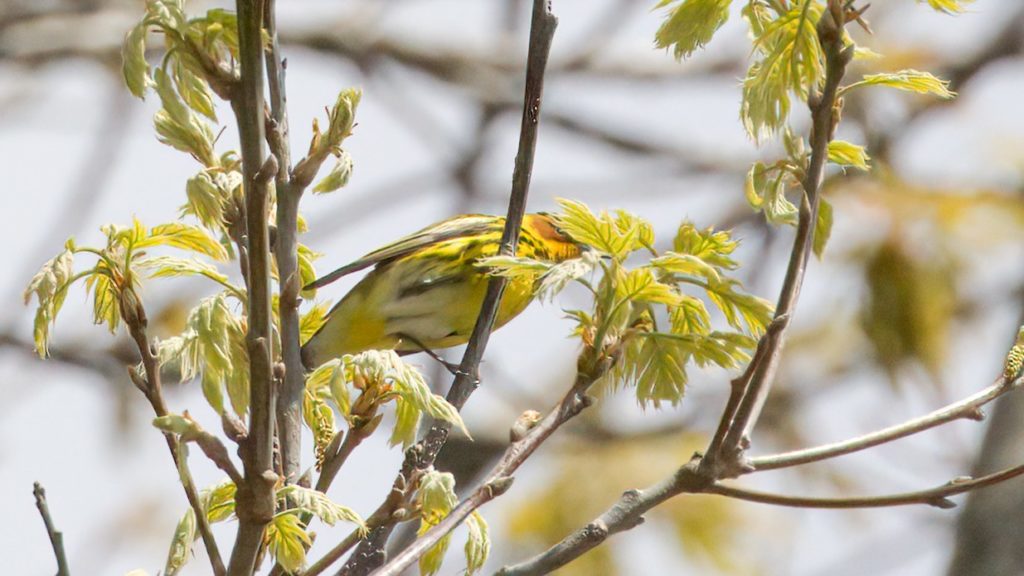
Cape May Warbler – Dave Larson 
Wilsons’s Warbler – Dave Larson
Lisa Hutchings and Shelby Vance teamed up for a total of 13 miles over the course of both days. Wearing masks and following a similar route to David Moon’s, Lisa and Shelby hiked around the green spaces of Amesbury, counting 67 species and enjoying the sunrises and sunsets each day. Lisa’s 14-year-old son Danny came along to keep the older folks focused as seeing one life bird after the other turned them giddy. Thankfully, youthful eyes come in very handy! Joining in remotely were a few of Joppa’s Young Naturalists who were also BIPping on their own. Throughout the day they shared their questions and findings with Miss Lisa via text. They all said they had a great time birding from home!
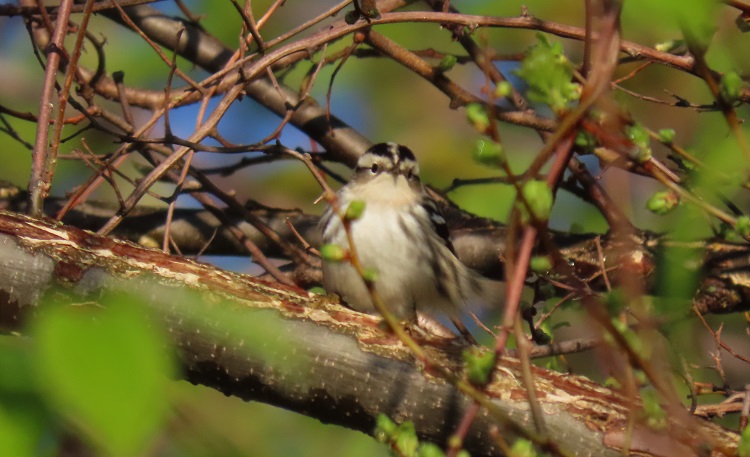
Black-and-White Warbler – Lisa Hutchings 
Blue-headed Vireo – Lisa Hutchings 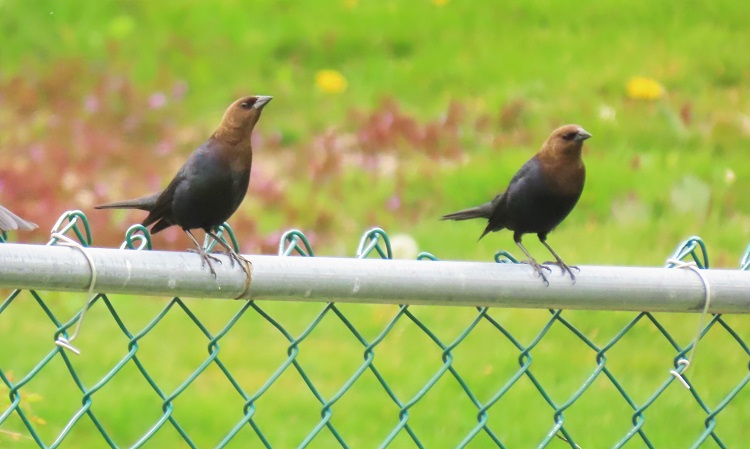
Brown-headed Cowbird males – Lisa Hutchings 
Lisa and her son Danny all masked up 
Red-tailed Hawk – Lisa Hutchings 
Good Morning Bird-a-thon 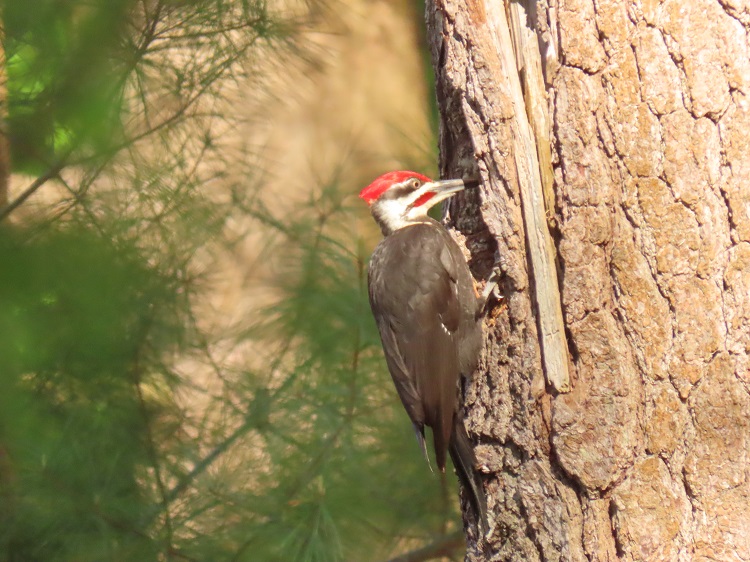
Pileated Woodpecker – Lisa Hutchings
Melissa Vokey did not officially BIP for Bird-a-thon, but on May 16 she did go birding by foot on the Parker River National Wildlife Refuge. She was very proud of herself for making it to Hellcat and back in her six hours out, seeing the birds she usually sees with you all, and with your help to see them, at this time of year. Being there made her feel connected to absent friends and wonderful memories in a way that nothing else could. She is very grateful to everyone for the generous support!
In conclusion, what does this all amount to? Well, a safety-first, virus-free, zero-emission, exercise-inducing Bird-a-thon is not only possible, but fun. The joys of celebrating the natural world is our greatest bond. We are so happy to share this bond with you, even from afar. Let’s keep in touch.
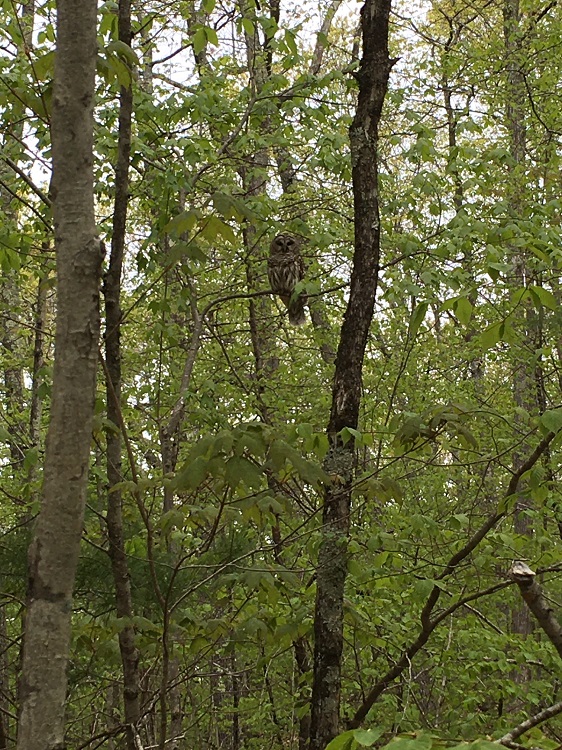
Barred Owl – Mark Marroni 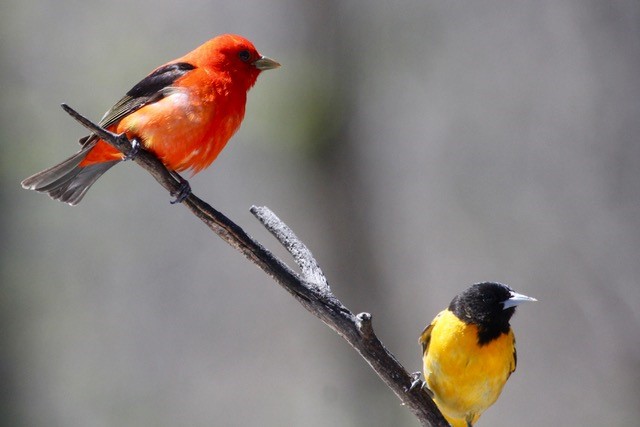
Scarlet Tanager and Baltimore Oriole – Sally Chandler 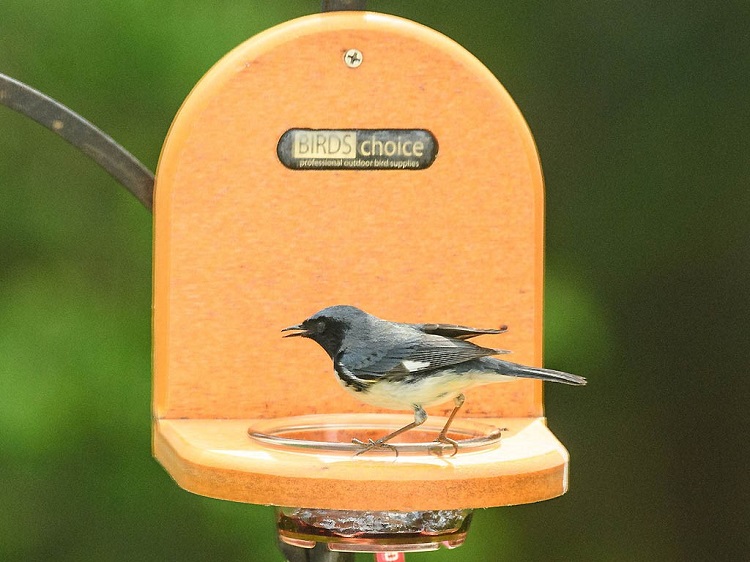
Black-throated Blue Warbler – Andrew Martinez 
Bald Eagle pair with fish – Sally Chandler


